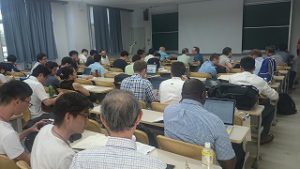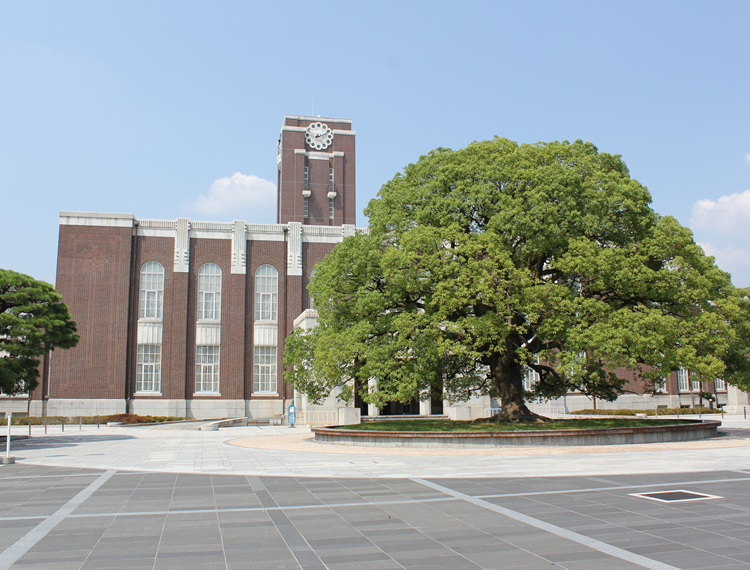High thermoelectric performance in Te-free (Bi, Sb)2Se3 (Keynote)
This presentation discussed (Bi,Sb)2Se3 as an affordable material for energy harvesting in the low to mid-range of temperatures. Rhombohedral Bi2Se3 is isostructural with the telluride whereas orthorhombic Sb2Se3 has a chain like structure. Investigation of the pseudo-binary Bi2Se3-Sb2Se3 phase diagram was reported and shown to consist of two single phase R and O regions, separated by a two-phase region. The RO structural change impacts on both electronic and dynamical properties and ZT=0.3 may be attained in O-(Bi,Sb)2Se3. Further improvements in charge carrier concentration through iodine doping raises this to 1.0 at 800 K.
Open die pressing of thermoelectric materials: a solution for material sintering and texture inducing (Invited)
This presentation focused on how to achieve single-crystal–like transport properties in polycrystalline phase through a new processing method, which seeks to exploit structural anisotropy to texture the material. Processing consists of hot-pressing powders contained within a metal sheath for relatively short periods at modest temperatures. (Bi,Sb)Te3 and SnSe were presented as examples. Although an observable degree of texturing was achieved in the latter, single-crystal levels of anisotropy in the properties have not yet been realised. The method was also shown to provide a one-step synthesis and consolidation process for the preparation of nickel-substituted tetrahedrite.
Enhanced thermoelectric performance of p-type MnTe doped with Ag
Maximizing thermoelectric performance of PbSe by combining non-stoichiometric composition optimization and alloying with SnSe
Last two talks were presented from the same group in Tsinghua University, China. They made tellurides, and enhance the thermoelectric properties well by doping. Tellurium is well known one of rare earth materials. They made thermoelectric materials by replacing tellurium to selenium to reduce tellurium consumption. Lead is one of the strong toxic materials. Lead is also replaced to Sn for a practical use of thermoelectric materials. The research group showed us the possibility of atomic substitution for thermoelectric materials without ZT huge reduction.

A packed conference room for Session A-5
Room1 / THIN FILMS, MULTILAYERS, NANOSTRUCTURES I
Prof. Chunlei Wan (Tsinghua University, China) presented high-performance inorganic / organic superlattices for flexible thermoelectric energy harvesting.
The authors showed thermoelectric properties of organic molecule cation intercalated TiS2 (electrochemically), which looks like superlattice (layered structure). They successfully reduced the thermal conductivity while maintain its rather high electrical conductivity. Positively charged organic cations play several important roles such as good donor (strong positive electric field), enhancement of two-dimensionality, and reducing agent of thermal conductivity.
Prof. Kyu Hyoung Lee (Kangwon National University, Korea) presented design and preparation of high performance thermoelectric materials with defect structures.
The authors showed interesting way to enhance thermoelectric figure of merit of several materials such as BiSbTe, BiTeSe, and half-Heusler. They successfully reduced the thermal conductivity by introducing dislocation arrays at around the grain boundaries. They achieved 30-50% enhancement of their zT.
